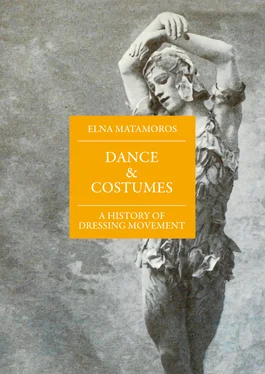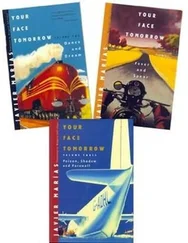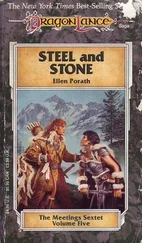1 ...6 7 8 10 11 12 ...20 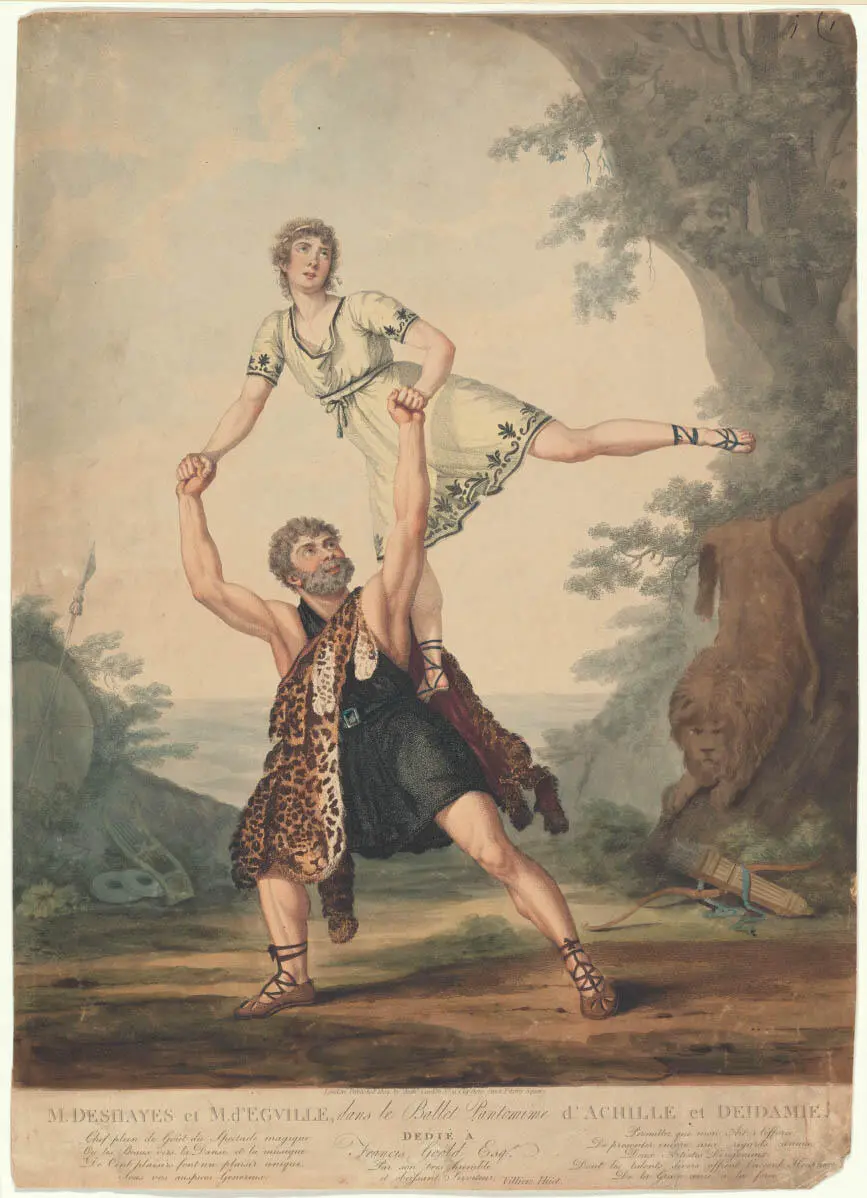
2.8 - M. Deshayes et M. d’Egville dans le Ballet Pantomime d’Achille et Déidamie . Lithograph by Villers Huët, hand-coloured, 1804.
The image of the dancers André Jean-Jacques Deshayes (1777- 1846) and James Harvey d’Egville (ca. 1770-1836) in a hand-coloured lithograph of Villiers Huët printed by Antoine Cardon in 1804, is a clear example of dance without artifice –nor tricks– and also of the capacity –to which we referred above– of the new dancers to perform technical prodigies hitherto unthinkable. 90In a pastoral surrounding, and wearing clothes according to the characters that represent the Ballet Pantomime d’Achiles et Deidamie –composed by D’Egville himself– the dancers perform a daring and acrobatic elevated position: D’Egville lifts Deshayes, supporting him by the hands. Deshayes, who rests his body weight on the left hip of his partner, looks desultory over his shoulder. D’Egville, wearing a short Grecian tunic girded with a buckled belt, covers his back with a leopard skin which maintains the silhouette of the animal. The naked shoulders, the bare torso and the effort of the dancer/athlete are evident in a porté that undoubtedly dazzled the public at the time.
Although already in some court dances small portés were performed, as in the case of the galliard –in this instance called volté due to the simultaneous travelling and turning action 91–, these movements would not tread the stages again until the 18 thcentury, so they were forgotten for almost a century. Perhaps there were moral causes that limited the use of these steps in which the man lifted the woman, but there was also the safety of the dancer involved; Thoinot Arbeau, pseudonym of Jehan Tabourot, advised about returning the woman to the ground when he supposed that his partner might feel unstable: “…whatever good composure she may show, her brain shaken, full of dizziness and head in whirlwinds, and you didn’t feel better.” On the other hand, to correctly perform the dancer’s lift, the author indicated that the man should place his right hand on the woman’s back and his left hand under the bust, pushing her up with his right thigh, which he should place under her buttock. Certainly, this was just barely on the edge of the decorum of the time. 92
With the new times, the simplicity of the new wardrobe, the attractive physical exhibition of the artist and the heroic arguments they choreographed, led to the development of the true technical acrobatics for both individuals and couples. On the other hand, the new Hellenic-inspired tunics also enhanced the exquisite femininity of the dancers, who could now show their well-formed limbs without shame, while their movements exuded simplicity and ease.
In the lithograph by Hüet, the young Deshayes in transvestite as Deidamia wears a tunic/dress that only covers his body above the knees; loose from below the chest, made of a fabric that barely flutters from where it is gathered in the upper part, in spite of being cut like a cape, with biased fabric. Dressed in light green, we see a light, simple and well formed dancer, as shown by his gently toned calves and his thin but fibrous arms. A strong contrast to the image we see of Mr. D’Egville, in a dark blue tunic and a cape whose interior –blood red– brings nearly ferocity to his portrait; thick curly hair and beard add exoticism and some savage touches. In the meantime, Deshayes, with his blond hair gathered at the nape of his neck, looks passive despite the acrobatics he is performing.
The dancers Deshayes and D’Egville do coincide in their footwear: 93Grecian sandals, tied around the ankle with crossed ribbons that allow the total vision of their bare feet inside; feet that seem to be willing to perform –without any obstacles imposed by oppressive footwear– any and all the steps that the choreographer imagined, no matter how demanding they were. In addition, this new kind of footwear offered a new sense of balance because the dancers could flex their toes more easily while raising to the relevé . 94
Especially revealing is the leg that Deshayes lifts backwards in an incipient arabesque , or more probably, an attitude allongé . In the search for new positions for dancers who for the first time could elevate their legs, the choreographers explored in images that –by aesthetic proximity– could inspire them the most: the sculptures of ancient Greece (hence the name sometimes used to define this era is Neoclassicism). The word “attitude” refers to the position in which the dancer lifts a flexed leg behind his back. It soon began to be used for jumps and turns, and by the mid-19 thcentury the attitude devant (when the leg is lifted in front of the body) was born as a new position. The attitude was first established by the Italian Carlo Blasis in his Traité élémentaire, théorique et pratique de l’art de la danse , 95but it is evident that it was already used prior to this. Inspired by Giambologna’s famous Mercury sculpture, 96Blasis coded this leg position to which he added new names, depending on how the torso was placed.

2.9 - Mercurio volante . Bronze sculpture by Giambologna, 1580.
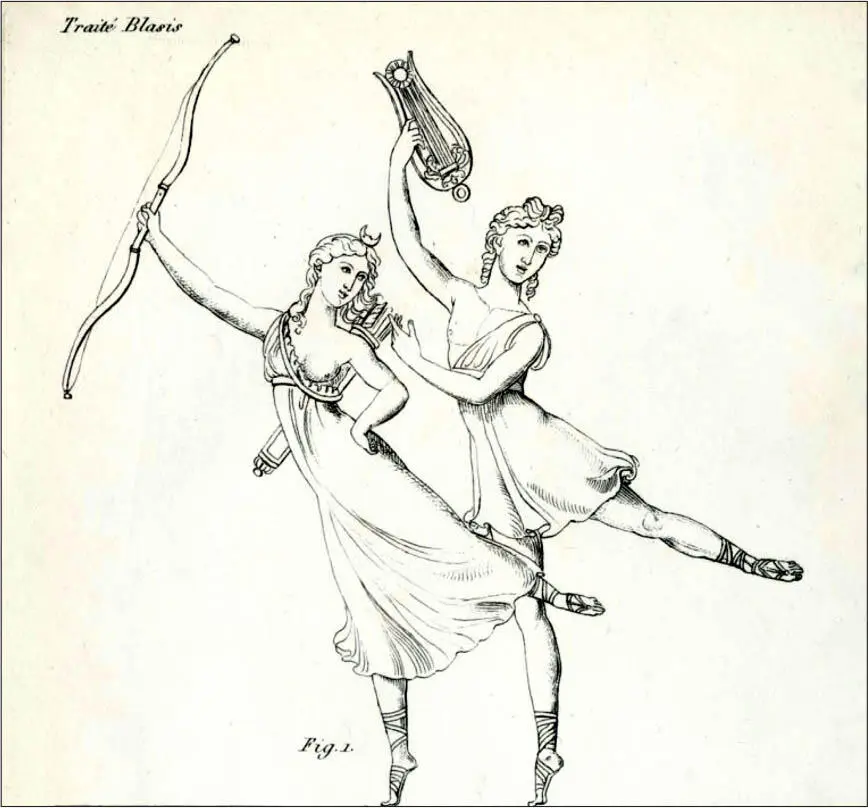
2.10 - Arabesque à la lyre . Drawing by Casartelli for Blasis, Traité élémentaire… 1820.
Shortly thereafter, as ballet training improved, the arabesque began to rise. How high the leg lifted behind the back would reach –without corsets that would prevent women from flexing the spine– is difficult to know, but studying the illustrations of Blasis’ work, we find a quite significant drawing. In this image, 97a couple –again in Grecian costumes– perform the arabesque that Blasis defined as à la lyre precisely because of the instrument the male dancer holds in his hands; he could also have called it à la flèche or something similar, since the female dancer has a bow in her hands and a quiver with arrows on her back. In any case, we see how the costume –in this case, a stage prop– inspired not only the creation of a new step of dance technique, but also influenced its future denomination. On the other hand, the dancer’s tunic simulates a neckline that would leave a breast uncovered, something very unlikely in reality. Although it has already been said that for some time the necklines of women’s street dresses showed the bust, they were only used sporadically and in acts of social importance; never, or very rarely, in live performances on stage.
When observing this image, any modern dancer is surprised to see the correction and perfection these figures show in their arabesques : their supporting legs are fully extended, with solid knees and the relevés well placed, consequence of a technique purified to the extreme; their backs are erect, maintaining the leg to the appropriate height and showing a pointed foot that presents a correct turn of ankle similar to the one that any ballet master of today would demand of his/her students. Perhaps the artist who captured this image was well acquainted with ballet technique 98or the images were created under the supervision of Blasis –who served as a model showing each position himself– to depict the most perfect arabesque imaginable. It could also be that the absence of clothes that disguised any placement defect forced the dancers of the time to perform the arabesques with exquisite precision, while a few decades later –under the spell of the gas light– the artists preferred a dreamlike image of the dancer flying to a solid and correct position, technically speaking. In any case, the arabesque , now wrapped in the muslin layers of the tutu, became a perfect symbol of the flight of ethereal creatures that will fill the stages during the Romanticism.
Читать дальше
